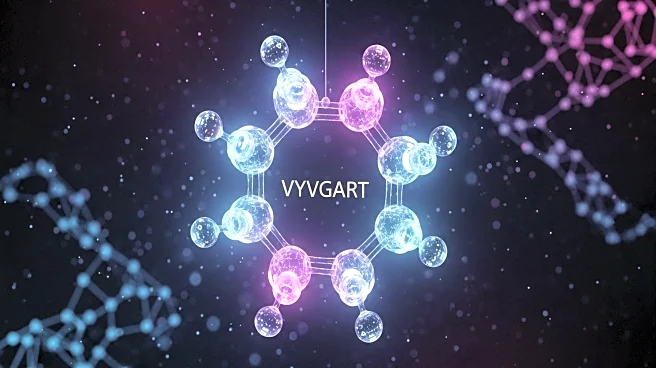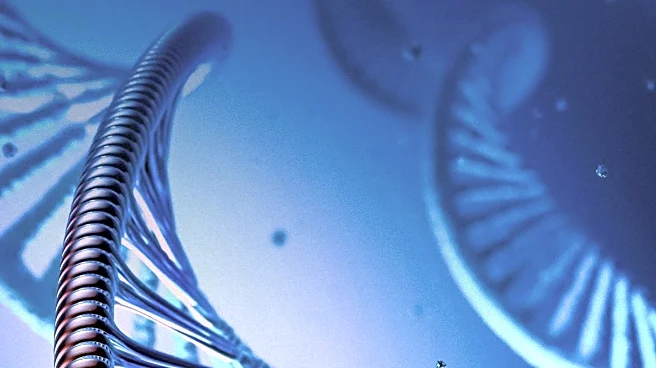Rapid Read • 7 min read
A research team at National Taiwan University, led by Prof. Shan-hui Hsu, has developed a biodegradable, electroconductive self-healing hydrogel that shows promise in treating Parkinson's disease. This innovative material, made by coating polyurethane nanoparticles with polydopamine and mixing them with chitosan, mimics brain tissue properties and can conduct electrical signals, repair itself, and degrade safely in the body. Laboratory experiments demonstrated that the hydrogel provides a nurturing environment for neural stem cells, encouraging their growth into healthy neurons, reducing inflammation, and rescuing nearly 90% of damaged neural cells. When combined with acupuncture, the hydrogel significantly improved motor function and reduced brain inflammation in rats with Parkinson's-like symptoms.
AD
The development of this hydrogel represents a potential breakthrough in Parkinson's disease treatment, which currently relies on drugs that offer only temporary relief without halting disease progression. By promoting neuroregeneration and reducing inflammation, this hydrogel could offer a more effective and sustainable treatment option. The combination of biomaterials with traditional therapies like acupuncture may pave the way for new approaches to treating neurological diseases, potentially improving the quality of life for millions affected by Parkinson's disease.
Further research and clinical trials are likely needed to assess the hydrogel's effectiveness and safety in humans. If successful, this could lead to new treatment protocols integrating biomaterials and acupuncture for Parkinson's disease. The medical community and pharmaceutical industry may closely monitor these developments, potentially influencing future research funding and treatment strategies.
This study highlights the potential of integrating modern biomaterials with traditional therapies, suggesting a shift towards more holistic approaches in medical treatment. The ethical implications of using such innovative materials in human treatments will need careful consideration, particularly regarding long-term effects and accessibility.
AD
More Stories You Might Enjoy










